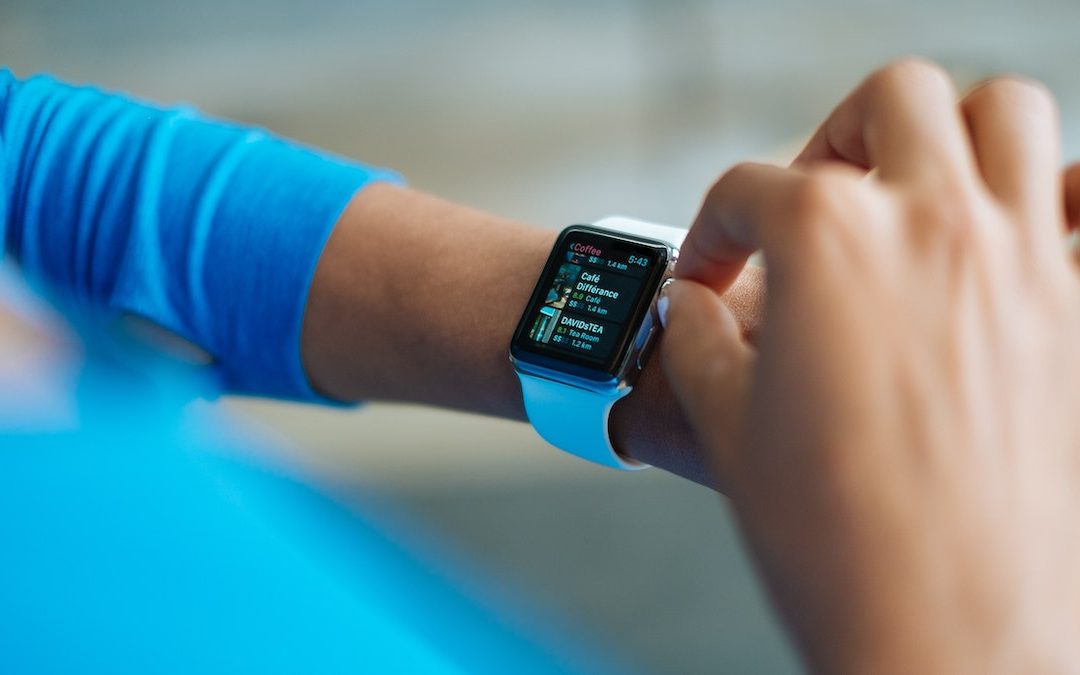If you know an older adult who has fallen, or if you’ve taken a tumble yourself, you’re all too aware of what a frightening experience it is. If you or a senior you love lives alone, it’s especially scary and disorienting.
There’s comfort in knowing that help is at hand in the form of home medical alert systems. With just a button, these safety devices summon emergency help. These devices are also known as Personal Emergency Response Systems (PERS) According to forbes.com, “Most systems include a transmitter device, an emergency call center, and a console that uses landline telephones, cellular networks, and/or GPS to connect the transmitter with the monitoring center.”
According to the CDC (Centers for Disease Control and Prevention), in the US, every second of every day, an older adult (age 65 and older) experiences a fall. These numbers make falls the leading cause of injury in this age group. According to the National Council on Aging, most companies that provide medical alert devices offer an option to add fall detection for a monthly fee. The technology works by sensing if a user has fallen and immediately contacts the medical alert company’s monitoring system for assistance. The added cost is typically about $10 a month.
Who needs a medical alert device?
While fear of falling certainly isn’t the only reason people start exploring the topic of medical alert systems, it’s likely a primary one. Other issues that cause people to seek extra protection are conditions like heart problems or a chronic disease like diabetes.
As highlighted, people prone to falls, have balance issues, or who live with chronic diseases are more likely to experience medical emergencies are the most likely candidates. However, if affordable, these systems are a built-in precaution for all adults of an older age—especially if they live solo.
How do you wear one?
These mechanisms come in a variety of forms, including smartwatches that feature pendants, bracelets, and necklaces.
What are the special features of medical alert devices?
According to a Forbes Health survey of 2,000 adults, here are the medical alert systems features that are most valued by users or the adults who care for them.
- Adds-ons such as activity monitoring and medication reminders
- GPS and/or cellular activity for 26/7 assistance
- Extras such as voice-activated wall buttons and lock boxes
- Low monthly fee for monitoring subscriptions
- Automatic fall detection
- A discreet wearable device
- Subscription contract length flexibility
- Long-in-home range of use
Monthly costs vary widely
Seniorliving.org has sized up the costs, and it provides good guidelines for choices to suit a range of budgets. Most of the options require a monthly payout of $20-$60, depending on the features included. If a user wants, say, motion sensors and activity tracking, the price tag goes up. The website says, however, “There are plenty of excellent options in the $20 to $40 price range for those on a tighter budget.” As for the equipment, it is also variable. Some providers require users to buy the equipment outright for a few hundred dollars; others build the cost of the device into the monthly bill, and equipment can be returned at any time.
Which services are most highly rated?
Fortunately, there are several articles or posts in which PERSs are rated; some of the top names are Medical Guardian, MobileHelp, Bay Alarm Medical, ADT Health, and LifeFone.
Sheila’s Angels Can Help
Our Houston home health care services provide safety and independence for older adults who aren’t ready to leave their homes. Our kind, competent, and compassionate caregivers provide affordable, exceptional, and personalized home care services. Please reach out to us at (281)480-4846 or online to schedule a free, no-obligation in-home care assessment with an RN from Sheila’s Angels.

